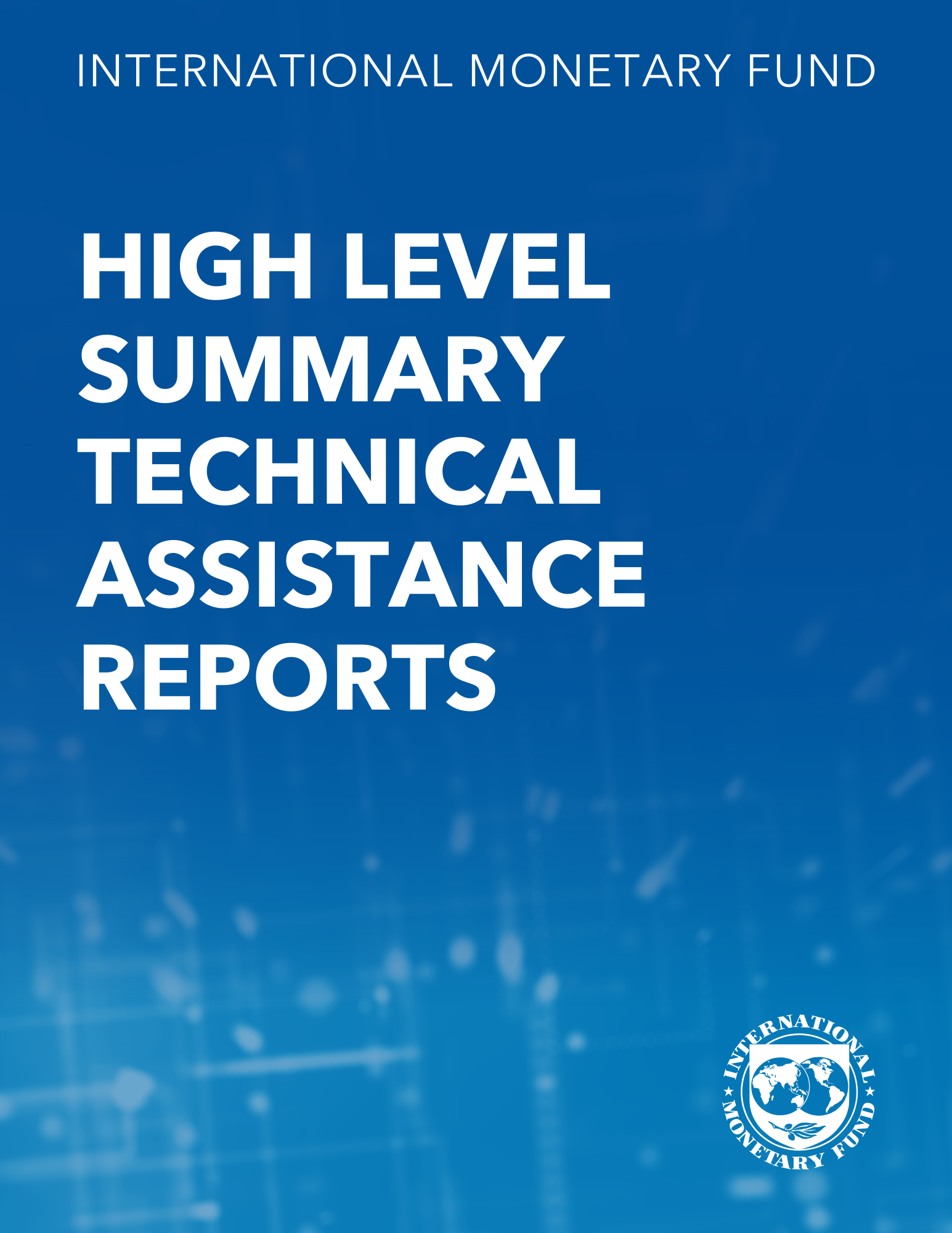Exchange Rate Regime Choice
September 1, 1991
Disclaimer: This Working Paper should not be reported as representing the views of the IMF.The views expressed in this Working Paper are those of the author(s) and do not necessarily represent those of the IMF or IMF policy. Working Papers describe research in progress by the author(s) and are published to elicit comments and to further debate
Summary
Traditionally the choice of exchange rate regime has been seen as a second-best policy choice, which can be directed toward mitigating the distortionary effects of price or information rigidities. In this paradigm the optimal degree of exchange rate flexibility is found to depend of the source and nature of shocks hitting an economy. More recent literature views the exchange rate as a widely and frequently seen manifestation of government policy with careful exchange-rate management emerging as a tool that can enhance shaky policy credibility.
Subject: Conventional peg, Exchange rate adjustments, Exchange rate arrangements, Exchange rate flexibility, Exchange rate policy, Foreign exchange
Keywords: Conventional peg, economy, Exchange rate adjustments, Exchange rate arrangements, Exchange rate flexibility, Exchange rate policy, exchange-market policy, fluctuating exchange rate, market, offsetting exchange rate change, regime, WP
Pages:
9
Volume:
1991
DOI:
Issue:
090
Series:
Working Paper No. 1991/090
Stock No:
WPIEA0901991
ISBN:
9781451851328
ISSN:
1018-5941






